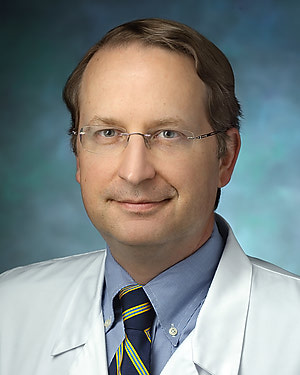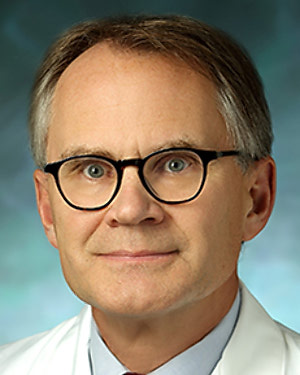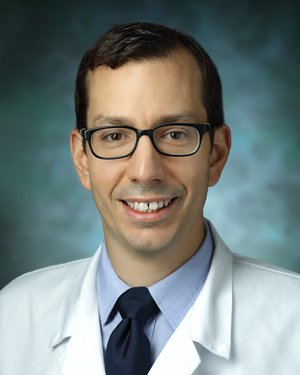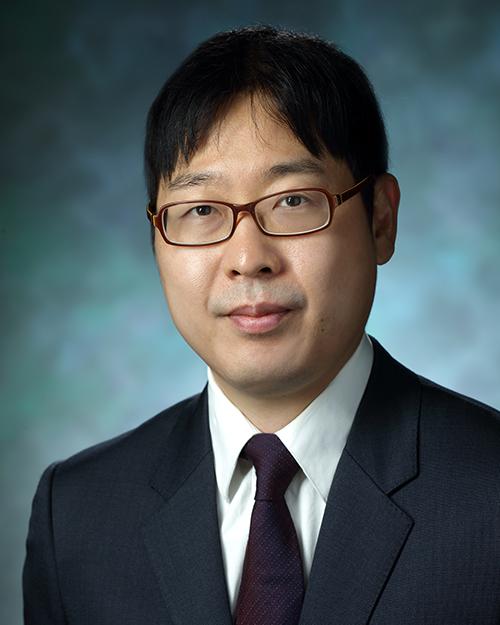-
Gary Gerstenblith, MD

- Director of clinical trials, Division of Cardiology
- Professor of Medicine
Primary Location: Johns Hopkins Bayview Medical Center, Baltimore, MD
-
Peter V. Johnston, MD

- Medical Director, Cardiac Catheterization Laboratory, Johns Hopkins Howard County Medical Center
- Associate Professor of Clinical Medicine
Primary Location: Johns Hopkins Bayview Medical Center, Baltimore, MD
-
Jon R. Resar, MD

- Director, Adult Cardiac Catheterization Laboratory
Primary Location: Johns Hopkins Outpatient Center, Baltimore, MD
-
Emmanouil Tampakakis, MD

- Assistant Professor of Medicine
Primary Location: Johns Hopkins Outpatient Center, Baltimore, MD
Stem Cell and Regenerative Biology
The limited regenerative capacity of the heart is a major factor in heart failure and death. Once cardiac cells are diseased, it’s hard for them to heal like your body would with a cut. Studying how the heart forms in fetuses and then matures is a natural step for researchers interested in generating and regenerating heart cells. They’re also investigating the effect of stem cell-derived cardiac cells on repairing damaged hearts and their potential to treat heart muscle diseases.
Cardiovascular progenitor cells (CPCs), a type of heart cell, are called building blocks because they’re used to form the heart during fetal development. They hold tremendous therapeutic potential because of their unique ability to develop into several different heart cell types. Researchers are studying how CPC cells can renew themselves in mice. They’re studying whether this renewal also occurs in humans and whether this is useful for repairing damaged hearts.
Because CPCs regenerate, scientists may be able to grow them in a dish. It’s not as easy to grow cells in a lab as it is in the body — they often have “developmental arrest” and don’t mature. However, a recent discovery of the pathways that lead a fetal cell into an adult cell will enable researchers to recreate adult heart tissue in the lab, which holds tremendous potential for new heart disease treatment.
Heart tissue grown in a dish
Heart tissue grown in a dish from mouse cardiac progenitor cells (CPCs). The CPCs, and the tissue they built, were engineered to produce a red protein.
Related Articles & Press Releases
- Mouse Study Points To Potentially Powerful Tool For Treating Damaged Hearts
- Discovery of ‘Master Molecule’ Could Improve Stem Cell Treatment for Heart Attacks
- A New Path for Cardiac Stem Cells
- Stem Cell Therapy Safely Repairs Damaged Heart Muscle in Chronic Heart Failure Patients, Study Shows
- Mature Heart Muscle Cells Created in the Laboratory from Stem Cells
- Researchers Pinpoint Roadblocks to Lab-Grown Stem Cells’ Maturation
- Lab-Grown Nerve Cells Make Heart Cells Throb


